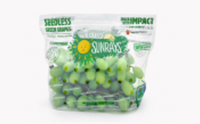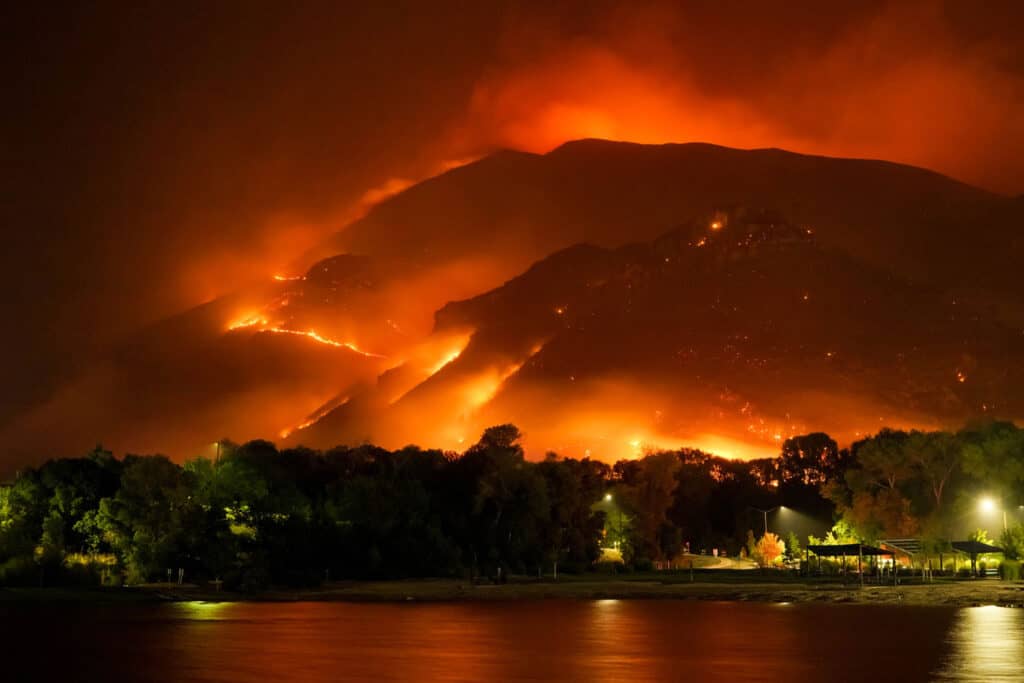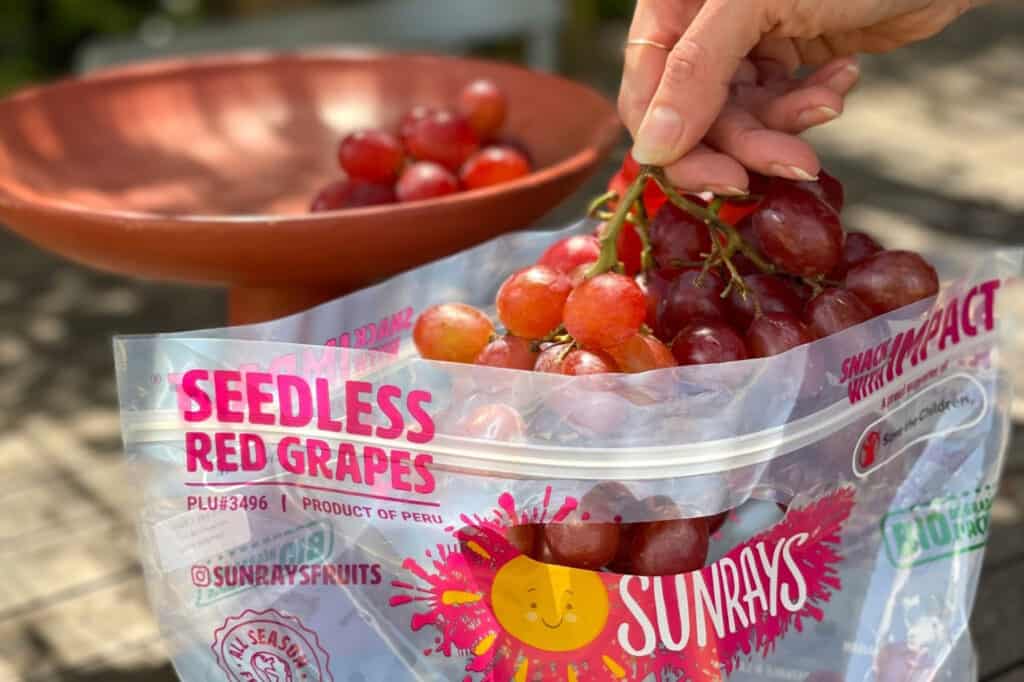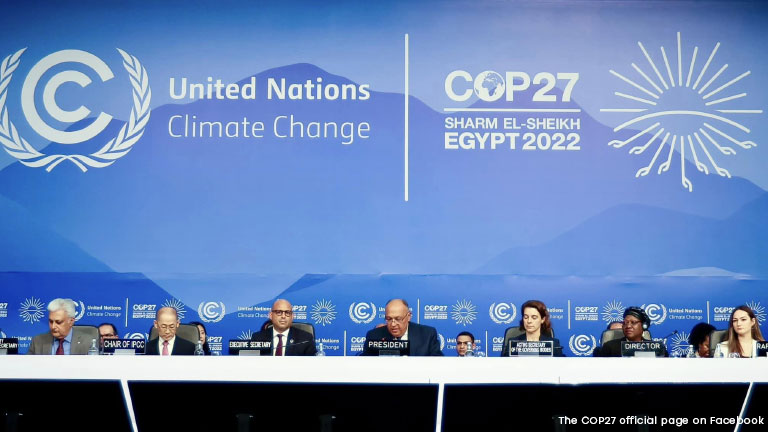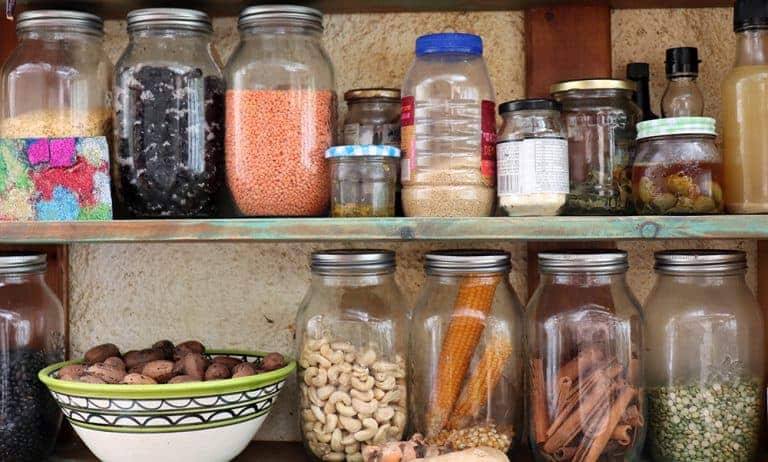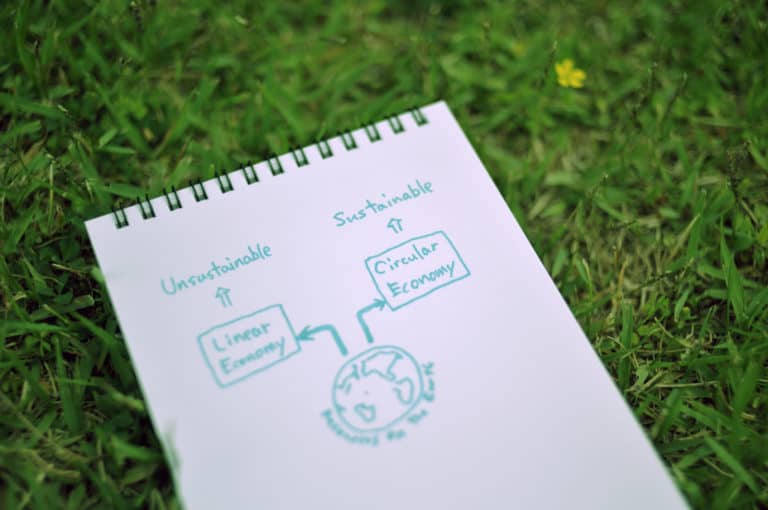Increasing numbers of ticks and mosquitoes transmitting illnesses. Heat and poor air quality aggravate heart and respiratory conditions such as asthma and renal failure. Hundreds of thousands of people die from malnutrition, diarrhea and heat stress. Climate change presents many threats to humans; increasing temperatures result in less food, extreme wildfires, droughts and at the same time frightening floods.
This information is horrifying, regardless of where it occurs, let alone if it arrives at our doorstep, as it did for 200,000 English families.
A study conducted by the Tyndall Centre, at the University of East Anglia, has concluded that, due to the sea level rise, residents of hundreds of thousands of coastal properties in England may have to abandon them.
It is likely that these homes will not be saved due to the expense associated with measures such as seawalls and other coastal defenses.
There are tens of billions of pounds worth of homes and businesses at risk, and sea level rises that will cause flooding is now almost inevitable due to the accelerating pace of climate change.
Hot, hotter, hottest – and we humans have caused it
Ample scientific studies demonstrate that human activities have contributed to the warming of the Earth’s surface and its ocean basins. Consequently, the climate on Earth has been impacted and approximately 85% of the world’s population already have been affected by these impacts; countless types of plants and animals have experienced or will undergo changes in their behavior, reproduction, migration, and foraging; over 37,400 species of animals today run the risk of extinction and the future holds many more unpleasant surprises.
Fossil fuels burning, forests cutting down, farming livestock and the ever-growing use of disposable plastics are the main causes of climate change; they add enormous greenhouse gas emissions to those naturally occurring in the atmosphere, increasing the global warming.
How plastic is contributing to global warming
First, only 9% of plastics are recycled. Second, in many parts of the world, the vast majority of the waste, including plastics, goes to landfill for open burning. In terms of air pollution, burning plastics releases a cocktail of toxic chemicals that damage the health of humans and the environment. It is estimated that plastic production and incineration emit 850 million metric tons of greenhouse gases annually – equal to the emissions from 189 five-hundred-megawatt coal power plant.
In our oceans, which serve as the world’s largest natural carbon sink for greenhouse gases, plastic poses a deadly threat: it chokes sea life and habitats, and it takes centuries to degrade.
Sunlight and heat cause the plastic to emit enormous amounts of greenhouse gases, triggering a vicious cycle: as our climate changes, the planet gets hotter, the plastic breaks down faster into methane and ethylene, speeding up climate change, and so continuing the cycle.
Why can’t we recycle all plastic packaging?
Despite our best efforts, we can’t recycle all our plastic packaging. Examples? Here are two:
- First, most flexible plastic packaging is difficult to recycle since it is made of multiple materials.
- Second, food packaging contaminated with food cannot be processed by mechanical recycling. They cannot be reused either, due to food safety regulations.
A circular solution for a cleaner environment
Key to mitigating climate change is getting carbon back into soils, improving soil quality and biodiversity, and increasing their capacity to produce food for the global population.
A circular economy is crucial to addressing plastic’s problem; plastic that cannot be eliminated from the system needs to be compostable.
A circular economy could cut the volume of plastics entering our oceans by 80% each year. It could also reduce greenhouse gas emissions by 25%.
Can we use anything else instead of these all-too-common plastics? Yes – we can use compostable packaging.
As compostable products break down in composting conditions and sequester carbon into the ground, we are able to give back to nature, providing richer soil in the future.
TIPA’s packaging solutions enable us to accomplish this exactly. It also solves the problem of food packaging contaminated with food mentioned before; TIPA’s flexible packaging can be composted even better by combining it with food waste.
TIPA’s packaging is certified to decompose under home and/or industrial compost conditions.
According to recent research, compostable packaging would make nearly half of Europeans more inclined to buy a product.
In light of this data, it is easier to make the decision to switch to compostable packaging, and TIPA does offer a variety of options in this area. What began with a bold, nature-inspired idea has led to a fully viable and readily adoptable circular solution, true sustainability by design.
Learn more about how TIPA is fighting global warming









